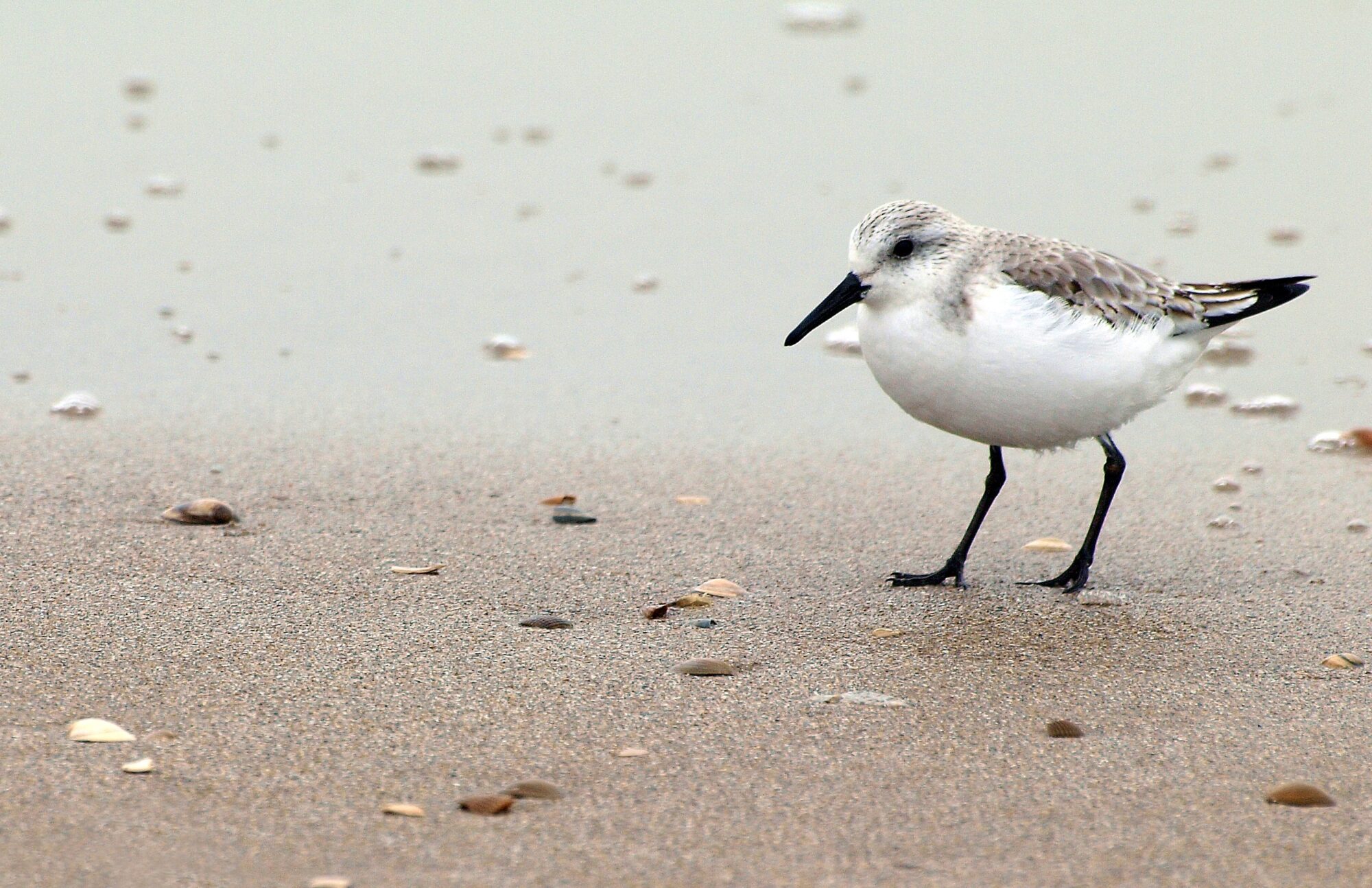When I was a little kid, self sufficiency, in various degrees was pretty normal. Depending on the size of the backyard, people kept a few chooks for eggs (and occasionally for the table), had vegetable gardens, a few fruit trees scattered amongst the flower beds and a square of lawn for the kids to play on. But most homes in suburban Australia were on quarter-acre blocks then, so it wasn’t difficult to divide the yard into specific-use spaces.
It kind of fell by the wayside when local councils began meddling too much in what people did in their own backyards and while the veggie gardens and the fruit trees could more of less stay, chooks were out.
But the advent of swimming pools, decks, upgraded barbecue areas, outdoor kitchens, hot tubs, and trendy sculptured split-level outdoor living-spaces edged out the veggie garden over time. Supermarkets already had a foot in the door and produce started arriving in greater volumes from overseas and even the fruit trees vanished, except for those where the residents dug their heels in and kept at least one plum, apricot or mulberry tree. Either way, the kind of self sufficiency I grew up with was almost gone by the time I reached adulthood, which I always viewed as a loss. More people were opting to live in units too and balconies (if they had one) were for a table and a couple of chairs in the corner and perhaps a few pot plants of colourful flowers. Rarely a vegetable though.
Home renovation shows however, saw a resurgence in the humble vegetable garden, as it became de rigour to have one, and even the unit dwellers got in on the act with some of the flowers vanishing to make way for pot-grown tomatoes, potatoes, herbs and even the odd potted fruit tree. Green walls appeared in kitchens and before you could say “hey, lets take this further!” community gardens started sprouting up all over the suburbs. Councils, after a few mutterings, decided not to interfere too much with community gardens, even the ones that appeared on verges along community streets, so long as they were kept neat and a whole generation of new suburban gardeners thought they had come up with something that hadn’t been done before. Well okay, it hadn’t been done before along suburban footpaths, so I’ll give them that. But suddenly, food gardens were no longer viewed as the domain of grandparents, hippy communities and tree huggers in general. A lot of urban dwellers rediscovered the joys of growing their own.
And then came coronavirus, and with it came the panic shoppers all believing we were about to run out of food and toilet paper and after shopping their way through the shelves for non-perishables, they began hitting the fresh produce aisles. Then the nurseries for every vegetable seedling they could find. Extremely annoying, but the thing is, it has woken people up to the importance of being self sufficient. Really self sufficient, as in, being able to grow enough food to keep the family fed when a catastrophe hits.
Hence growing your own, along with “buying Australian” becoming the New Black. It appears that people have taken to the concept like ducks to water and this is not a bad thing. Anyone can grow a selection of their favourite fruits and/or vegetables. They can grow their own herbs. You don’t need a big backyard to do it in either, as they will grow just as well in a pot as they will in a garden and if you really want to go Next Level, you can opt for heirloom varieties. Suppliers of heirloom seeds and fruit trees can be found online and some nurseries even stock heirloom seedlings now. Check the credentials, but basically heirloom means the seeds, and fruit trees, are from varieties dating back over fifty years or so, before food plants were genetically manipulated to crop faster and mature more quickly to meet the growing demands of commercial markets. In a home garden situation, heirloom is a much better option anyway, as they have a longer cropping period, but just choosing them over later “re-designed” stock helps to re-establish these lovely old strains that used to be staples in Australian backyards.
It’s not hard to do, it can be a fun family activity and a really practical one because you will be doing something that will go a long way to granting you a more secure future, food-wise. It might even save your life one day.
Maybe sooner than you think.
